Aluminum Titanium Sputtering Target Description
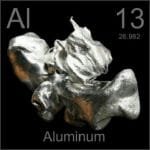
Aluminum:
Aluminum, also known as aluminium, is a chemical element derived from the Latin name for alum, ‘alumen,’ meaning bitter salt. It was first mentioned in 1825 by H.C. Ørsted, who successfully observed and isolated it. The chemical symbol for aluminum is “Al,” and it has the atomic number 13. Aluminum is located in Period 3 and Group 13 of the periodic table, within the p-block. The relative atomic mass of aluminum is 26.9815386(8) Dalton, with the number in brackets indicating the uncertainty.
Related Product: Aluminum Sputtering Target
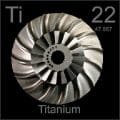
Related Product: Titanium Sputtering Target
Aluminum Titanium Sputtering Target Bonding Service
Specialized bonding services for Aluminum Titanium Sputtering Targets, including indium and elastomeric bonding techniques, enhance performance and durability. Thin Film Materials (TFM) ensures high-quality solutions that meet industry standards and customer needs.
We also offer custom machining of backing plates, which is essential for sputtering target assembly. This comprehensive approach improves target design flexibility and performance in thin film deposition. Our channels provide detailed information about bonding materials, methods, and services, helping clients make informed decisions.



 MSDS File
MSDS File
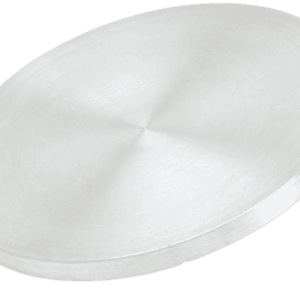
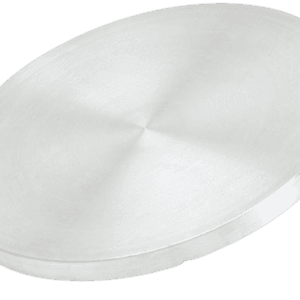
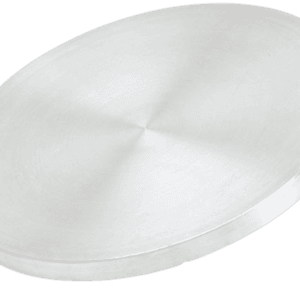
Reviews
There are no reviews yet.